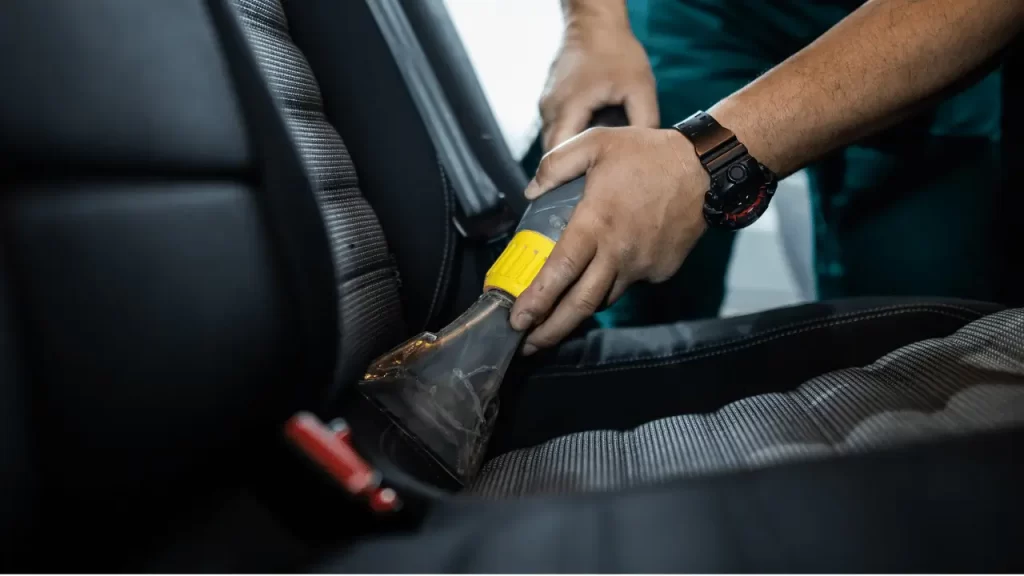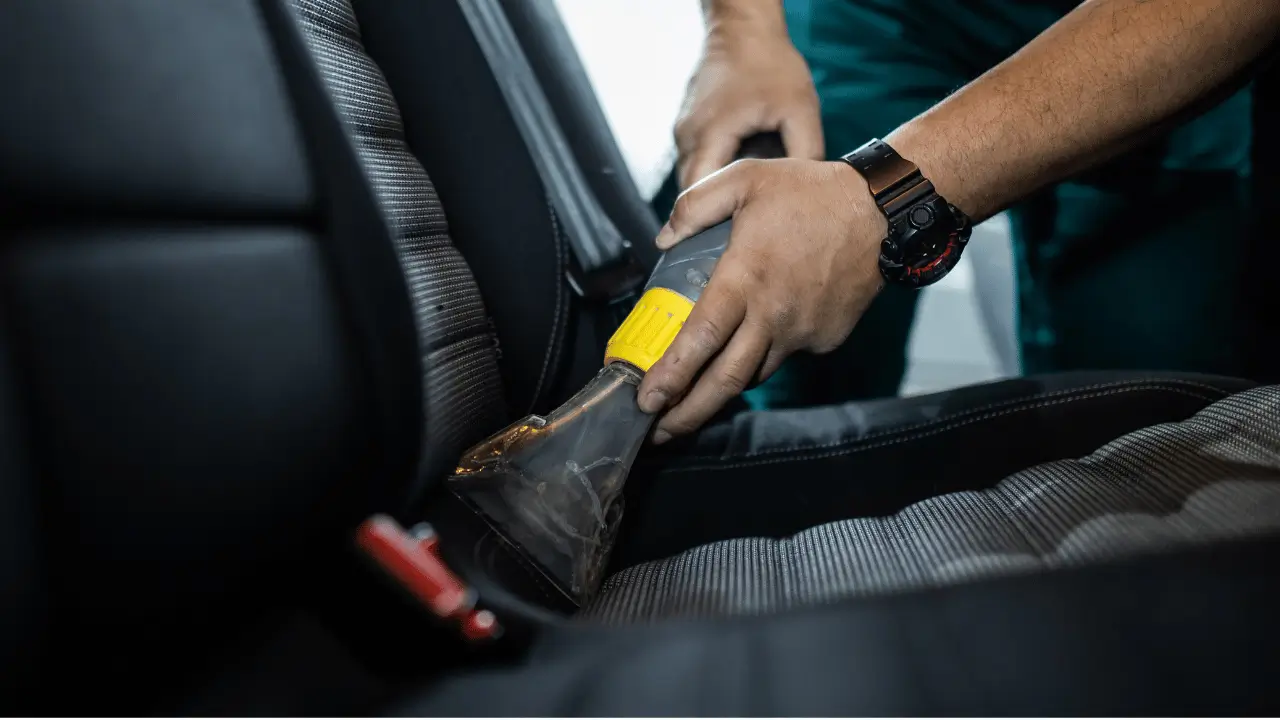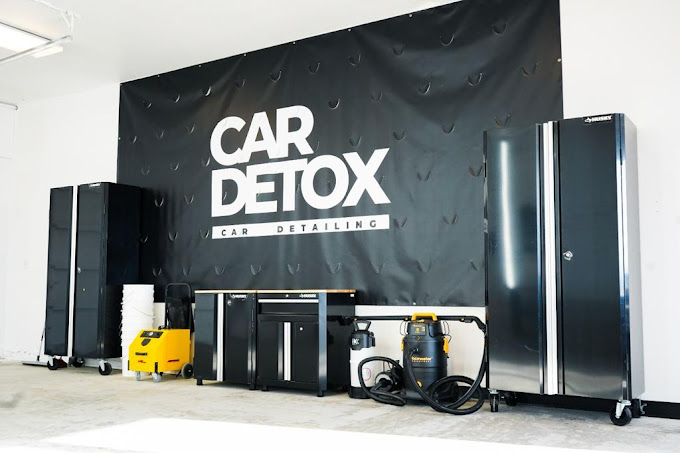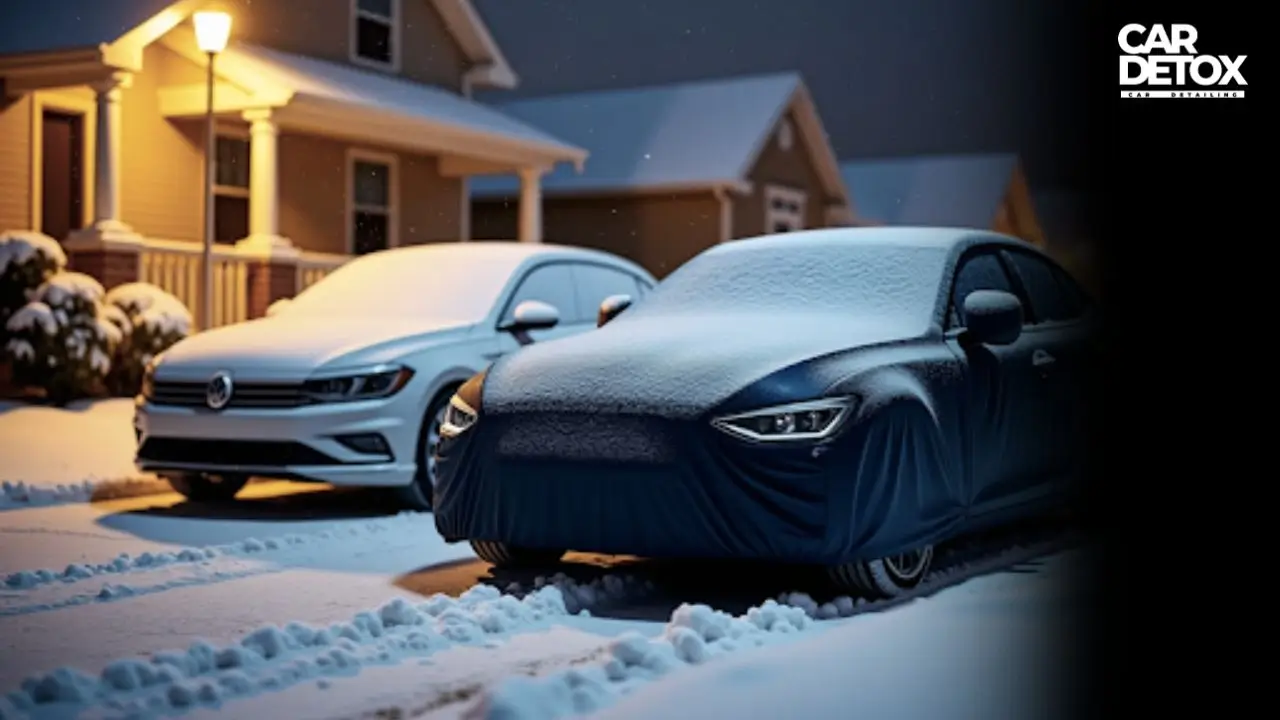The inside part of your car is where you spend most of the time while driving. That’s why understanding the steps to detailing a car interior is crucial. In this blog, we’ll break down the car detailing steps professionals use to deep-clean and restore every surface inside your vehicle. Thus, it's very important to keep this area clean and in good condition. For the comfort of passengers and to maintain your vehicle's value, interior car detailing is needed. Interior car detailing does not just involve a fast vacuuming or wipe; it is an extensive procedure that thoroughly cleanses, sanitizes, and safeguards each surface within your automobile. In our guide, we will give you easy steps for performing interior car detail work like professionals do!
What You'll Need
Before diving into the process, gather these essential tools and products:
- A vacuum cleaner with attachments
- Microfiber cloths
- All-purpose cleaner
- Glass cleaner
- Leather cleaner and conditioner (if applicable)
- Upholstery cleaner
- Detailing brushes of various sizes
- Cotton swabs
- Compressed air canister
- Plastic and vinyl protectant
- Air freshener

Read More on Can Car Detailing Remove Smoke Smell?
If you’re wondering about the complete steps to detailing a car interior, here’s a comprehensive process that covers everything from decluttering to deep-cleaning.
How to Detail a Car Interior Step by Step
1. Remove and Organize Personal Items
Start your interior car detailing process by removing all personal items from your vehicle. This includes items from the glove compartment, center console, door pockets, and trunk. Not only does this make cleaning easier, but it also gives you a chance to declutter and organize your belongings.
2. Remove and Clean Floor Mats
Take out all floor mats and shake them vigorously to remove loose dirt. For rubber mats, use a hose to rinse them off and scrub them with an all-purpose cleaner. For carpet mats, vacuum thoroughly and use an upholstery cleaner to remove stains. Allow them to dry completely before returning them to the car.
3. Vacuum the Interior
Using a powerful vacuum cleaner with various attachments, thoroughly vacuum the entire interior. Start from the top and work your way down, paying special attention to:
- Headliner
- Dashboard and vents
- Seats (don't forget to move them back and forth)
- Carpets and floor
- Trunk
Use crevice tools to reach tight spots between seats, along seat rails, and in corners.
When it comes to how to vacuum tight spots in car, use narrow crevice tools or a vacuum with detachable brush attachments. You can also use compressed air to blow debris from hard-to-reach corners.
4. Clean the Dashboard and Center Console
The dashboard and center console collect a lot of dust and fingerprints. Use a microfiber cloth slightly dampened with an all-purpose cleaner to wipe these surfaces. For intricate areas like air vents and buttons, use a detailing brush or compressed air to dislodge dirt. Follow up with a dry microfiber cloth to prevent streaking.
5. Clean the Steering Wheel and Gear Shift
The steering wheel and gear shift are high-touch areas that require special attention during interior car detailing. Use a cleaner appropriate for the material (leather cleaner for leather-wrapped components, all-purpose cleaner for plastic or rubber) and gently scrub with a soft brush. Wipe clean with a microfiber cloth.
6. Clean the Windows and Mirrors
Spray glass cleaner on a microfiber cloth (not directly on the glass to avoid overspray) and clean all windows and mirrors. Use a circular motion to avoid streaks, and don't forget the tops of the windows that are often missed. For stubborn spots, use a plastic razor blade, being careful not to scratch the glass.
7. Clean and Condition Leather Surfaces
If your car has leather upholstery, use a specialized leather cleaner to gently clean the surfaces. Pay attention to high-wear areas and seams where dirt accumulates. After cleaning, apply a leather conditioner to keep the material supple and prevent cracking.
8. Clean Fabric Upholstery
For fabric seats and carpets, use an upholstery cleaner and a soft-bristled brush to work on stains and general grime. Work in small sections, being careful not to oversaturate the fabric. Use a wet/dry vacuum to extract the cleaning solution and dirt. Allow ample time for the upholstery to dry completely.
Interior car detailing is not just about appearance; it's also about maintaining a healthy environment inside your vehicle. Regularly cleaning and sanitizing surfaces can help reduce allergens and bacteria, making your drives more pleasant and safer.
9. Clean and Protect Plastic and Vinyl Surfaces
Use an all-purpose cleaner and a microfiber cloth to clean plastic and vinyl surfaces such as door panels, trim, and the dashboard (if not already done). For textured surfaces, a soft-bristled brush can help dislodge dirt from crevices. After cleaning, apply a plastic and vinyl protectant to guard against UV damage and prevent cracking or fading.
10. Detail the Cup Holders and Small Spaces
Cup holders and other small compartments often collect crumbs, sticky residues, and small objects. Use cotton swabs dipped in an all-purpose cleaner to clean these areas thoroughly. For stubborn grime, wrap a microfiber cloth around a flathead screwdriver to reach tight spots.
11. Clean the Headliner
The headliner requires gentle cleaning to avoid damaging the delicate material. Use a lightly dampened microfiber cloth with a small amount of all-purpose cleaner. Gently blot any stains, being careful not to saturate the fabric, which could loosen the adhesive holding the headliner in place.
12. Deodorize the Interior
Once all surfaces are clean, it's time to tackle any lingering odors. Start by leaving the doors open for a while to air out the interior. You can use an odor eliminator spray or place an activated charcoal bag in the car overnight to absorb smells. For a natural option, leave a bowl of white vinegar or baking soda in the car for a few hours (but not on any surfaces that could be damaged).
13. Final Touches
Replace the cleaned floor mats and return any personal items you wish to keep in the car. Consider adding an air freshener for a pleasant scent, but be careful not to overpower the fresh, clean smell of your newly detailed interior.
Read More on What Does Car Detailing Include?
Conclusion
Interior car detailing is a comprehensive process that requires time and attention to detail, but the results are well worth the effort. A clean, well-maintained interior not only looks great but also contributes to a more enjoyable driving experience and helps maintain your vehicle's value. Regular interior detailing can prevent long-term damage and make future cleaning sessions easier.
Remember, the key to maintaining a pristine interior is consistency. Try to perform a quick clean-up weekly and a more thorough detailing every few months, depending on your car's usage and exposure to dirt and debris.
We hope this step-by-step guide has provided you with valuable insights into the interior car detailing process. Do you have any additional tips or favorite products for keeping your car's interior in top shape? Share your thoughts and experiences in the comments below. We'd love to hear from you!
If you need professional interior car detailing in Tualatin, Contact Car Detox today for exceptional results and expert care for your vehicle.
Read More On How Much Does Interior Car Detailing Cost
Our Popular Services
Car Detailing Services | Ceramic Coating Services | Pet Hair Removal Services | Mobile Auto Detail Services Happy Valley | Car Detailing Services in Tualatin
Find Us On Map
Car Detox - Auto Detailing Services
Book An Appointment
Revive your ride anytime, anywhere
Schedule AppointmentQuestions? Call us now!






